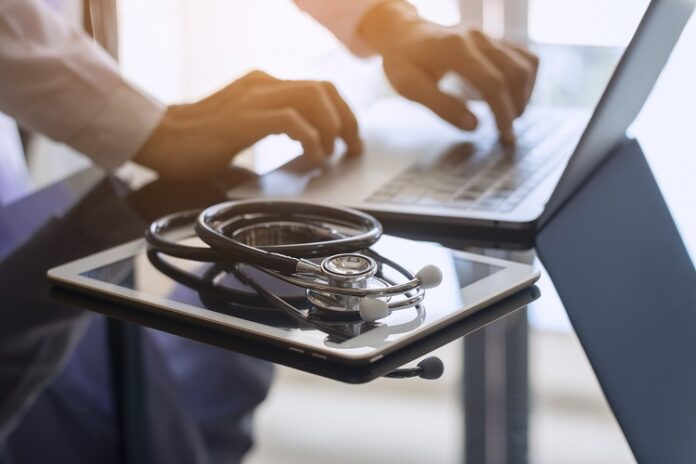As healthcare delivery transitions from a reactive, episodic care model to a continuous and proactive one, remote patient monitoring (RPM) plays a key role.
However, successful RPM programs require more than just gathering data. They also need to engage patients and keep them accountable. This is where platform integration comes in.
Table of Contents
Automation
As care delivery moves to wherever a patient is, healthcare organizations need new tools to capture revenue and optimize outcomes. That includes using remote patient monitoring (RPM) to improve performance and boost productivity.
Automating these processes reduces errors, improves data security, and provides analytics that helps clinicians make more informed decisions about their patients’ healthcare.
RPM programs allow medical professionals to remotely monitor various vital signs from a patient’s home or other location, which can reduce hospital and emergency department visits.
RPM programs can be reimbursable under CMS remote patient monitoring CPT codes. These codes provide reimbursement for the initial setup of a device, the first 20 minutes of interactive communication with a patient, and 30 days of remote monitoring.
Security
When a health system implements remote patient monitoring (RPM), the software must comply with FDA guidelines for medical devices. In addition, it needs to be designed to educate patients on how to use the technology, including how to monitor their condition and track progress.
To achieve these objectives, a healthcare provider organization needs a scalable and secure remote patient monitoring platform to support telehealth and in-person care. This approach will help the organization meet patients where they are while ensuring they get the care they need.
Integration with third-party applications
Remote patient monitoring is vital to the value-based healthcare ecosystem revolutionizing preventive care. It offers an opportunity for medical practices to engage patients more and build deeper care relationships that increase their chances of identifying and treating emerging health concerns.
The success of remote patient monitoring depends on platform integration that seamlessly fits into your organization’s workflow. The best providers will work to take the complexity out of implementation and create turnkey solutions that instantly fit into your existing format.
Another essential feature of a remote patient monitoring platform is quickly accessing data in your EHR. This is critical for measuring program success and adhering to regulatory requirements.
Analytics
Remote patient monitoring (RPM) has grown in popularity to reduce the number of hospital visits and improve patient outcomes. These programs benefit patients with chronic conditions like heart disease, high blood pressure, and diabetes.
A key to successful RPM is gathering and analyzing health data. Analytics helps providers identify emerging trends and provide more effective and timely care.
The best RPM software platforms offer comprehensive analytics, including dashboards and a monitoring team to track time spent reviewing and analyzing health data. They also provide the ability to integrate with a provider EHR.
Choosing the Right Platform
Remote patient monitoring technology (RPM) is vital to any telehealth or virtual care program your healthcare practice may offer. It can help you deliver more efficient and proper care by enabling your team to access patient data and analyze their health at any time, whether in the office or at home.
Choosing the right RPM solution for your practice requires a lot of considerations, including device selection and integration with existing workflows. It must also be simple and easy for your staff and patients.




